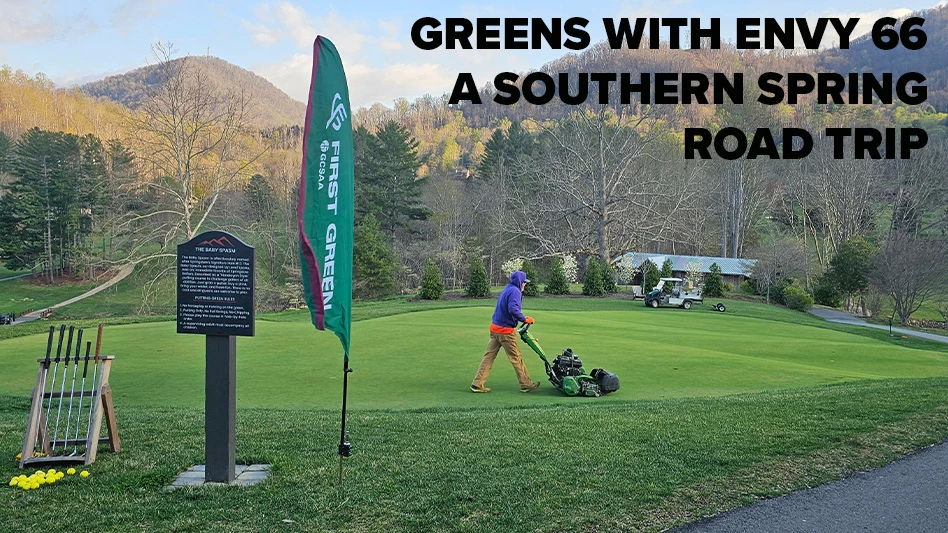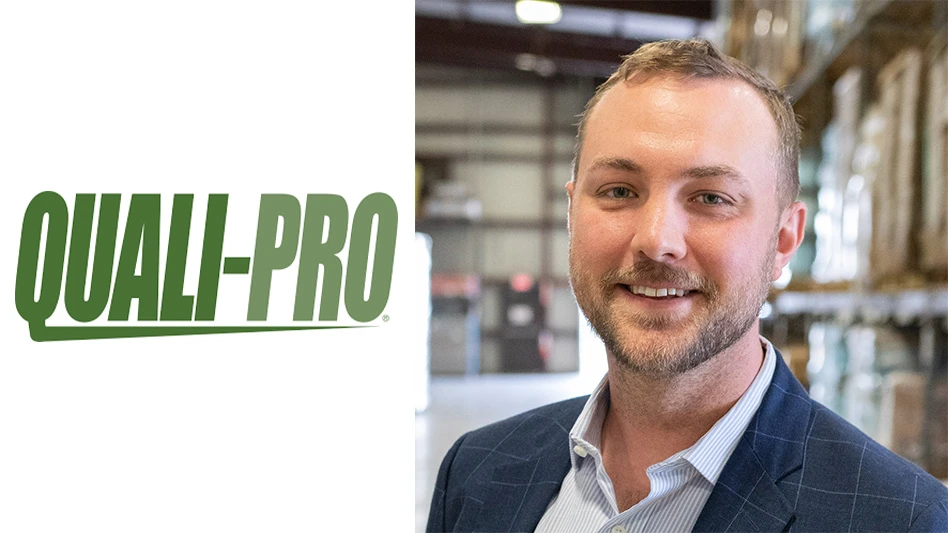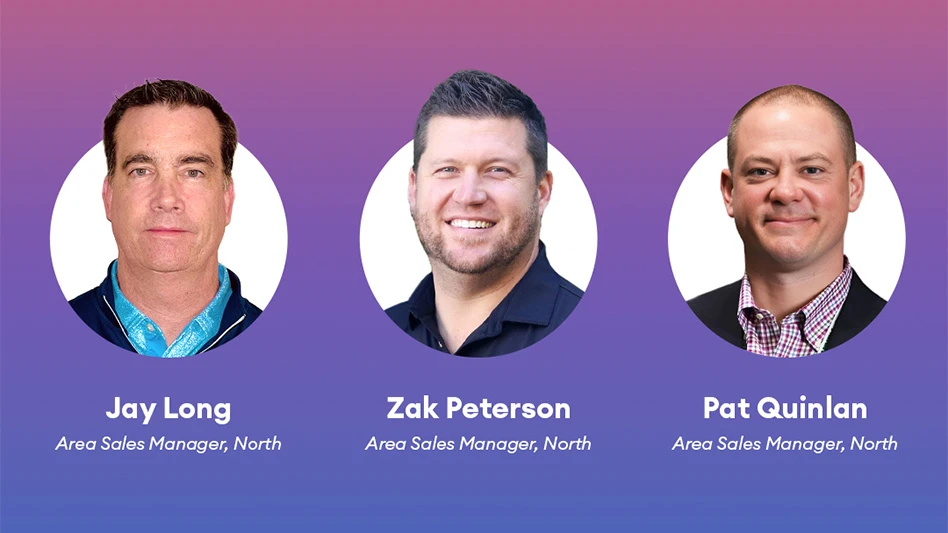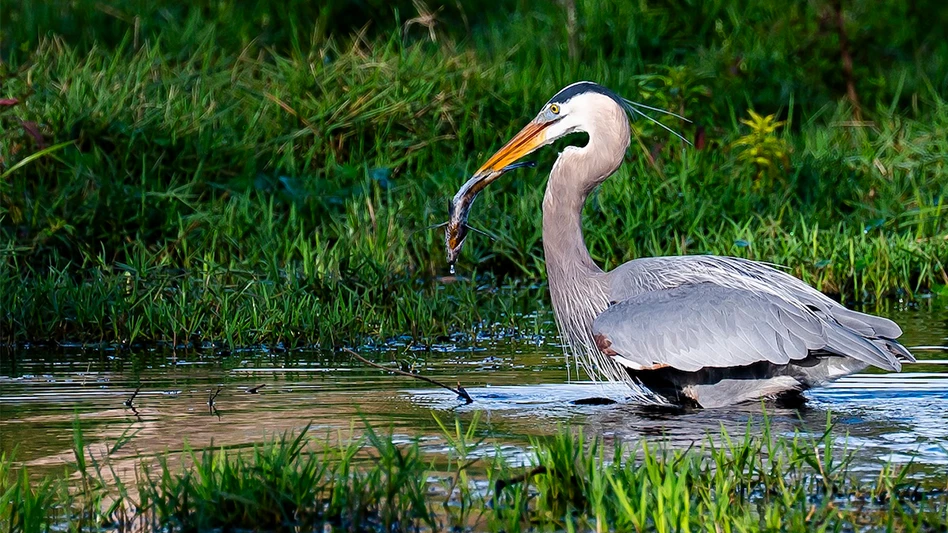I have been designing golf course irrigation systems for over 35 years and I am amazed at how much installation work is currently out there. There are so many courses – private, public, country club, resort, mom and pop, 9-hole, 18-hole, multiple holes – looking at refurbishing or replacing their irrigations systems that it has outpaced the number of contractors available to do the work. As a result, prices have basically sky rocketed. What was an expensive undertaking before has now become a hugely expensive course improvement.
Why has this happened? First, as we all know, there were not a lot of golf courses installing new irrigation systems or doing much of anything renovation-wise between 2008 and 2016. That created a pent-up demand for improvements. Secondly, back in the early 1990s, golf courses were being built at a very accelerated rate, with hundreds of golf courses being built per year. Those courses are now reaching the age of 18 to 28 years old. Not coincidently, the average life of an irrigation system is considered by most experts at 20 to 25 years. Anything installed from 1991-95 is under consideration for replacement. It also doesn’t help that back then golf courses were being built so quickly the quality of the installation wasn’t exactly top notch. It was a “finish the job as quickly as possible, so we can move on to the next one” mentality. So, at their current age, those irrigation systems are showing a lot of wear.
All this work translates into one thing – higher costs. Higher costs for materials, yes, but luckily it is still a competitive market and the hard-good suppliers/manufacturers (Hunter, Rain Bird and Toro) beat up each other to win jobs. Don’t forget they are after the 25-year replacement parts business. This does not, however, include other items such as pipe, fittings, valves and wire that have higher costs, especially pipe and wire, which is in great demand from other industries.
Labor is a far different story. There are not as many installers because some were lost to the commercial market or went out of business during the downturn. With all the work out there, it is hard to contract a quality installer. Let’s face it, there are excellent installers, good installers, average installers and poor installers. You really want the excellent installer because that means you won’t have to deal with irrigation issues for probably at least five years. With a poor installer, you will be dealing with irrigation issues the week after they finish. The excellent installers know they are excellent and are in great demand. Consequently, they get top dollar and, at this point in time, they pick and choose who they will work for. You want them to pick your course.
How do you get an excellent installer at a worthwhile price? Well, you go early. That means getting your project out to bid and a contract signed as much as a year before construction is slated to start. Contractors have multiple crews and as a result they change pricing as they book more and more of their crews each year. So, the earlier you commit, the less expensive the cost. For example, committing in November might be 15 to 20 percent less expensive labor-wise than committing in May or June of the installation year for fall – if there are even any contractors left.
The other thing that happens in a market like this is companies that do not usually do golf irrigation such as residential and commercial irrigation contractors enter the market. They think that golf irrigation installation is more glamorous, sexy and profitable. However, golf irrigation installation is highly specialized – that’s why most golf irrigation contractors travel throughout the country – and is very different than other types of irrigation installation. It requires specialized training, more personnel, larger and more diverse equipment, and a much higher cash flow. Beware of contractors that have not installed at least five 18 holes equivalents in the last three to five years. Otherwise you run the risk of having a contractor who dabbles in golf course irrigation contracting and is not dedicated to golf installation. Make sure you also check references.
If you are contemplating improvements to your irrigation system between now and 2020, you need to get your planning and financing done and line up a contractor as soon as possible. Those who wait will find themselves with having to either put off the project or settle for a mid-level contractor or, worse, and as a consequence, an irrigation system that requires more maintenance and has a shorter life.

Explore the November 2018 Issue
Check out more from this issue and find your next story to read.
Latest from Golf Course Industry
- From the publisher’s pen: Technology diffusion and turf
- Applications open for 2025 Syngenta Business Institute
- Smart Greens Episode 1: Welcome to the digital agronomy era
- PBI-Gordon promotes Jeff Marvin
- USGA investing $1 million into Western Pennsylvania public golf
- KemperSports taps new strategy EVP
- Audubon International marks Earth Day in growth mode
- Editor’s notebook: Do your part






